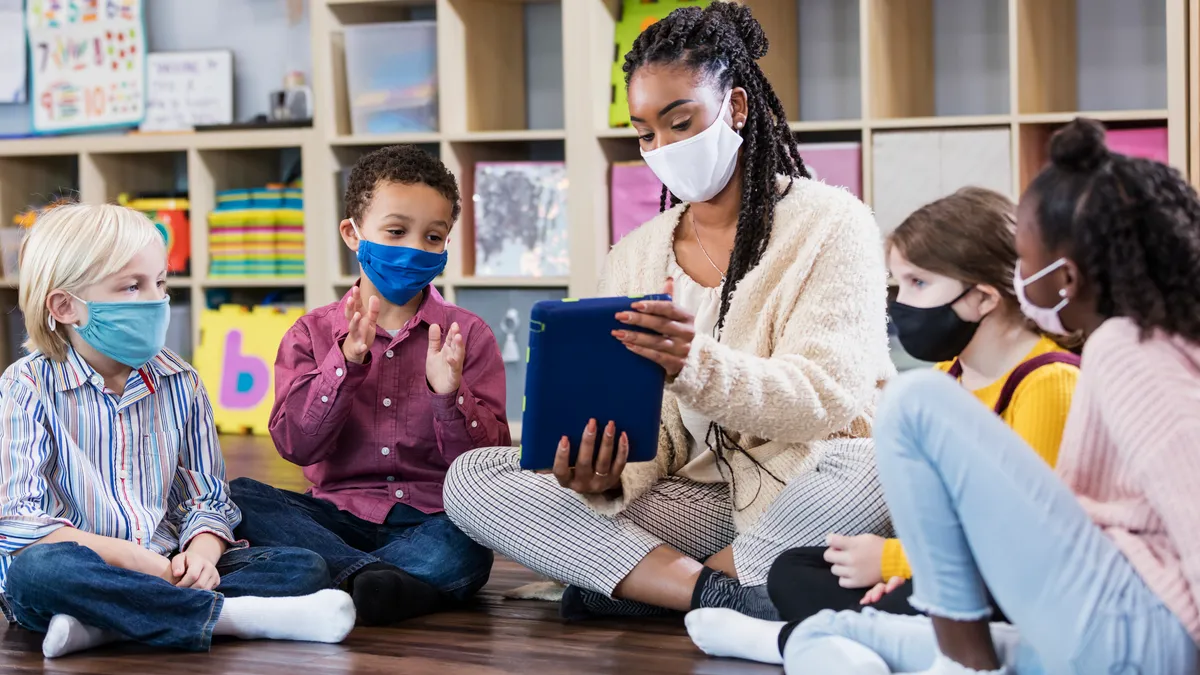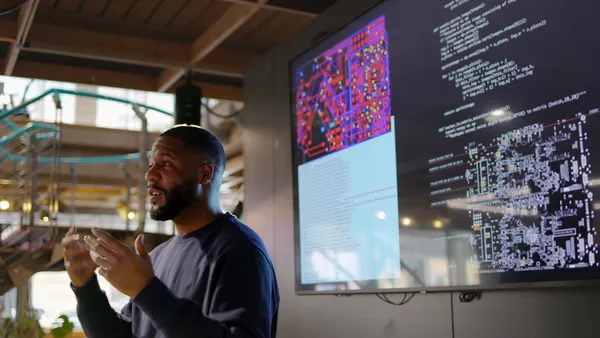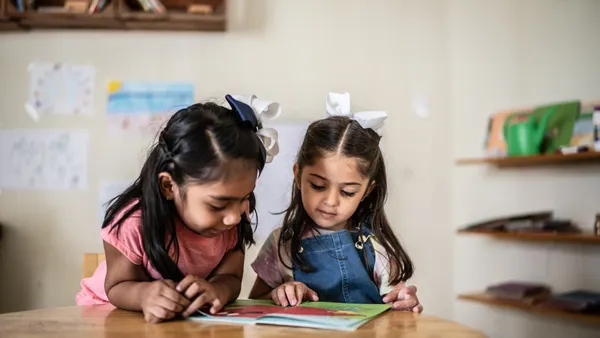Dive Brief:
-
Gifted children require support for their educational needs, but teachers must be able to identify them first, educator and consultant Cecilia Cabrera Martirena writes for Edutopia.
-
Many signs can point to giftedness, from an affinity for recalling facts to having a good sense of humor, Cabrera Martirena writes. But educators might not recognize other signs including procrastination, emotional outbursts, and not working well in a group due to a preference for working alone.
-
One way to identify gifted learners is to design lessons where students can direct their own learning: During a weather lesson, for example, educators can take young students outside and have them make observations, and then invite them to ask questions about what piques their interest. Educators can then work with and support students who have questions that require more research.
Dive Insight:
Educators can also tailor other areas of the curriculum for gifted students, Cabrera Martirena writes. For instance, with the weather lesson idea, teachers could have students study poems, songs or books on the weather during a language development lesson or design models of clouds for a STEAM project.
Teachers and parents both can help identify gifted children early, said Julia Roberts, a board member and standards and accreditation coordinator for The Association for the Gifted, part of the Council for Exceptional Children. Doing so is an ongoing process, and students should have opportunities to challenge themselves in kindergarten, 1st and 2nd grades, and younger when signs of early reading, quickness in learning and a large vocabulary may become apparent.
“Everyone should be challenged, and then those observed to be performing at the more complex levels or learning more quickly need to be allowed to encourage doing that,” said Roberts, who also serves as the Mahurin Professor of Gifted Studies at Western Kentucky University.
However, Roberts noted that today there is a focus in education on getting students up to grade-level readiness. But that ignores student performance at other levels of learning, which, to her, is an equity issue. For example, she believes students will be at different levels in all elementary school classrooms.
Optimally, teachers should set up group clusters to ensure they meet their students' learning needs. But that may mean additional training for educators and different messaging within school leadership and from district stakeholders, as well.
“If you examine school mission statements, they are all about every child being successful, but that means every child learning,” she said. “Teachers must be equipped to do that. There’s so much focus on catching up, and there’s far less opportunity in professional learning for children needing more.”












